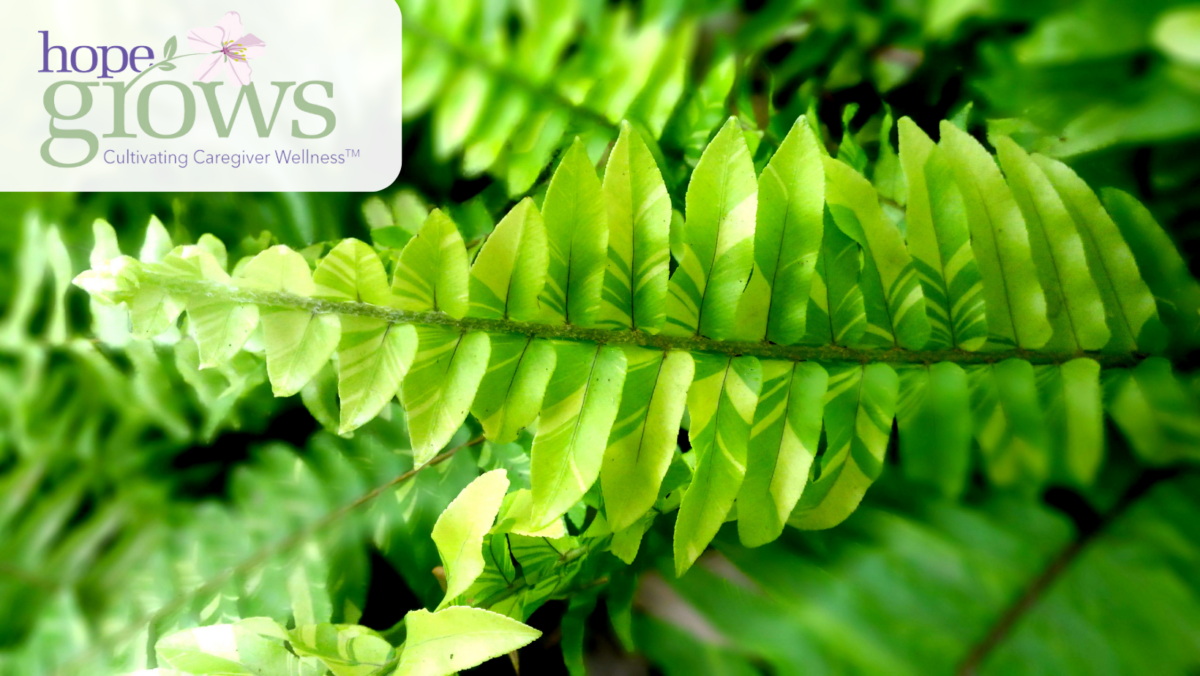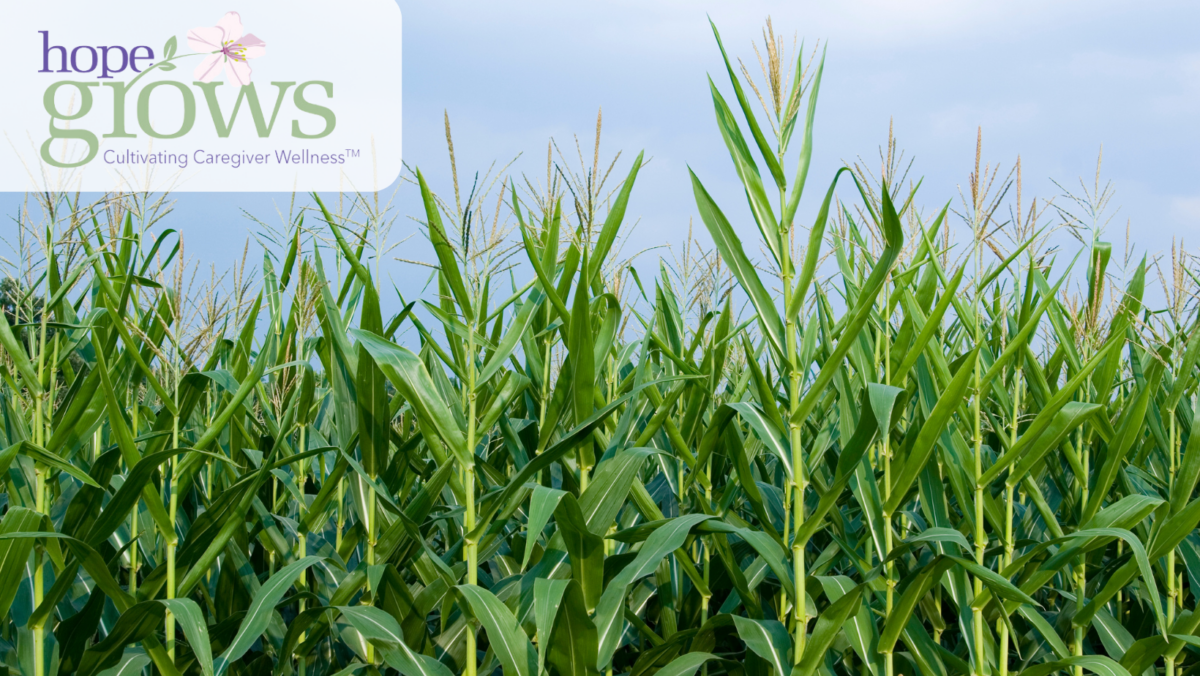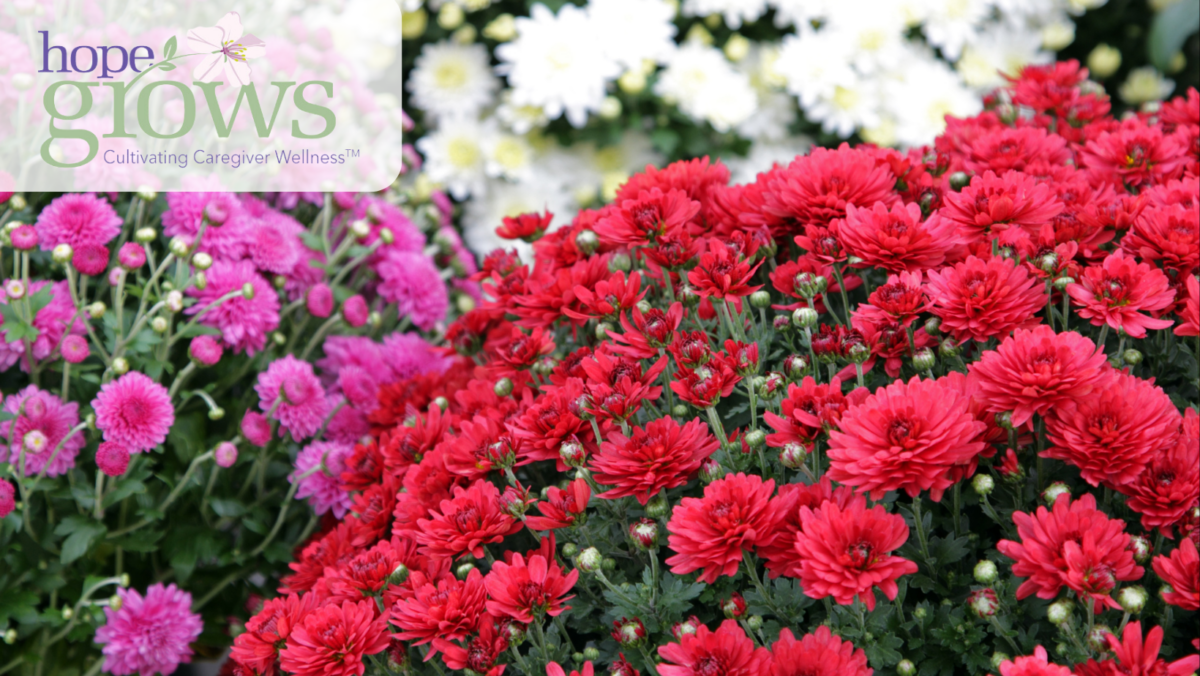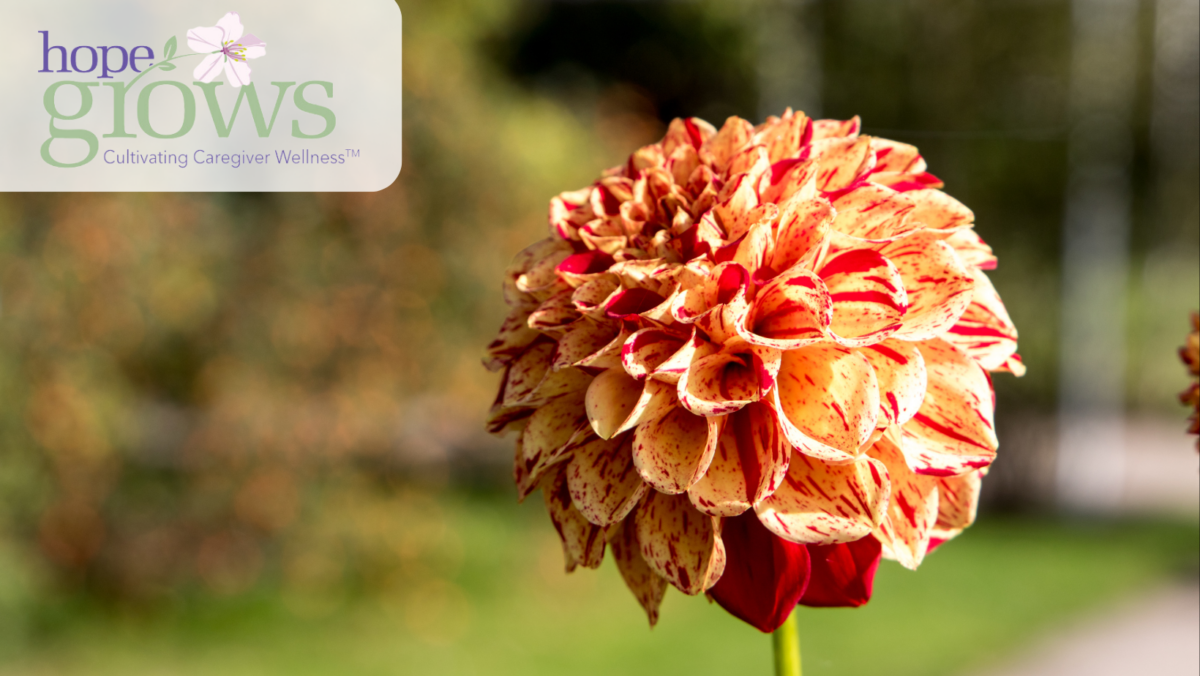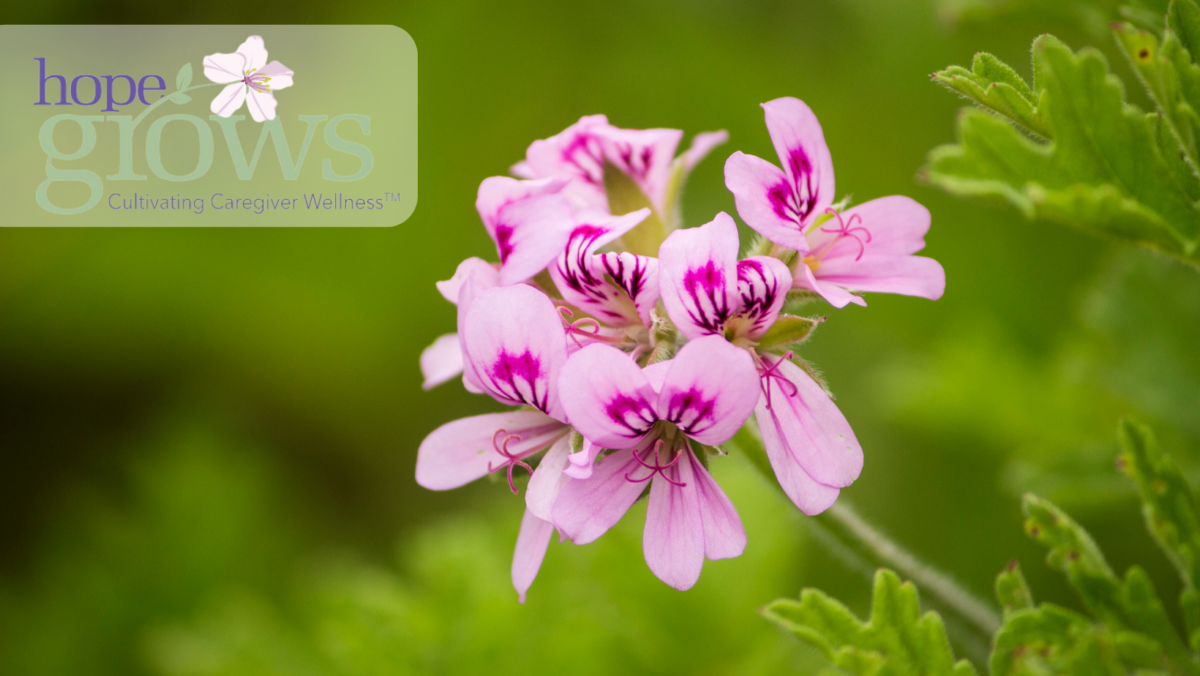Breathe
The month of February seems to lend itself to moments of deep breathing. Research shows that mindful deep breathing practices elicit balance and transform stress into peace. James Nestor, the author of “Breath” writes about the new science around the lost art of breathing. I truly find the book fascinating and worthy of the reading time. His research shows that no matter what we eat, what our body size, the exercise we accomplish, and/or our age, none of it matters if we do not breathe properly.
Inhaling and exhaling of breath is something we do instinctually about 25,000 times a day. James goes on to say in his book that humans have lost the ability to breathe correctly, partly due to the bone structure of our skull being smaller in size than our historic ancestors. In the book, I found the studies of implementing different methods of breathing intriguing, especially the studies with athletes.
The athlete studies resulted in better stamina and exertion during high performance sports when proper breathing techniques were applied. I bought a second copy of James Nestor’s book for my oldest grandson, an exceptional athlete, so that he can learn how to apply breathing techniques. He took it to heart, learned and applied it. I can always tell when he applies the breathing techniques, evidenced by his athletic performance and the color of the redness of his face.
On another note of moments of needing deep breaths, I ended the month of January celebrating and honoring the life of two people. One at the age of 80 and the other at the age of 38. Both shocking nonetheless, both deaths took my breath away. As a licensed counselor and certified thanatologist specializing in grief and loss, I know that when the initial news of a loss is heard, one of our first responses is to try and make sense of the death, evidenced by the question, “how did the person die?” We then begin to reflect on the person’s life and what the person meant to us. In most cases, we attend a service where friends and family gather to provide a community of support and an exchange of sharing and love. With these two recent deaths, shock and confusion were the common reaction due to the nature of the death: one being from a fall and the other from suicide, respectively. Deep breaths were definitely needed as we honored and memorialized them both.
In moments of stress, we either hold our breath or shallow breathe. The transition of breathing properly resumes eventually with a big deep breath inhaled. I relate this transition of breath with winter stillness; it is in that transition of breath that we can find calm and peace, even when we’re yearning for something else.
This transition reminds me of a word I recently learned, Gluggavedur! It is an Icelandic word meaning “window-weather,” which refers to the sort of weather best observed from your window. If we think about watching a storm from the warmth and safety of inside our home, we transition from the severity of the storm to the calm feeling of being protected from it.
As grief hits us unexpectedly, like the unwanted groundhog in the garden, we can apply the practice of window-weather. This mindful way of thinking about grief as an unwanted storm puts a safe distance from it. From this safe distance, the emotion is viewed more objectively, creating a calmer and clearer mind. This helps us to observe the pain and sadness as it rises and falls, feeling protected at the same time.
So, the next time the high stakes of emotions surface, remember the phrase Gluggavedur and, since the groundhog saw its shadow and predicts six more weeks of winter, think about transitioning to “window-weather” to help with the Ying and Yang of the weather and the onset of cabin fever.
And finally, think about the relatable practice of essential oils and symbolism of flowers. Roman Chamomile, the essential oil pick, is known for its calming and soothing properties, making it an excellent companion for February’s focus. It lends itself to an invitation for “window-weather” as it invites moments for pausing, breathing, and embracing stillness. The flower pick, Boston Fern, is a lush, vibrant plant that symbolizes purity, renewal, and vitality. Even in the stillness of emotion, grief, or winter, the act of taking moments to breathe lies in its role as both a natural air purifier and a symbol of life.
Until the winds blow in March, Happy Window-Weather!
Lisa Story, MSCP, LPC, CT
Founder & Clinical Director

